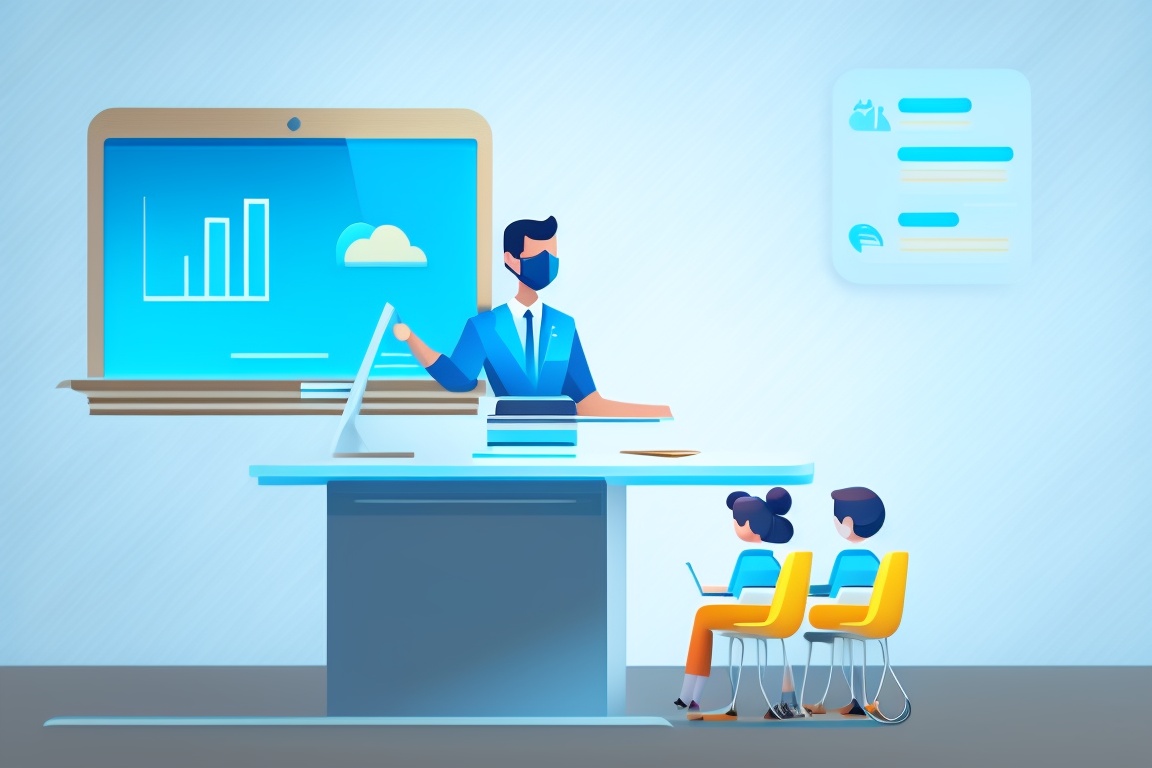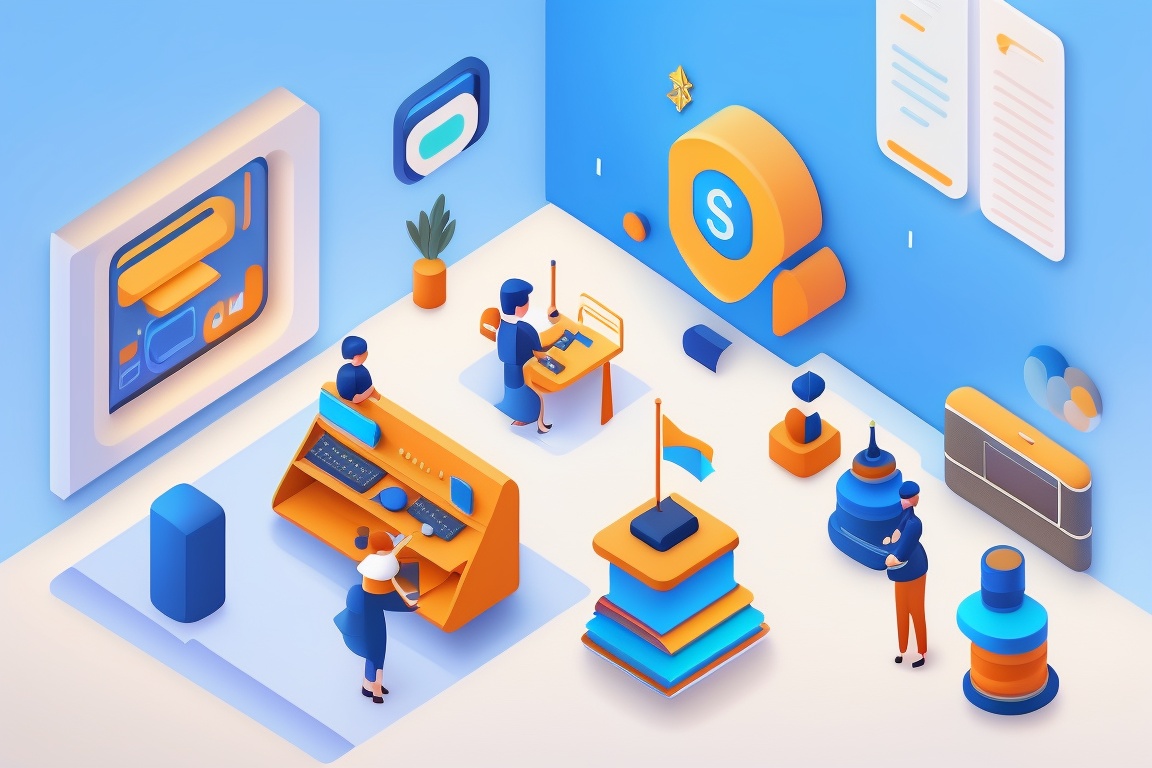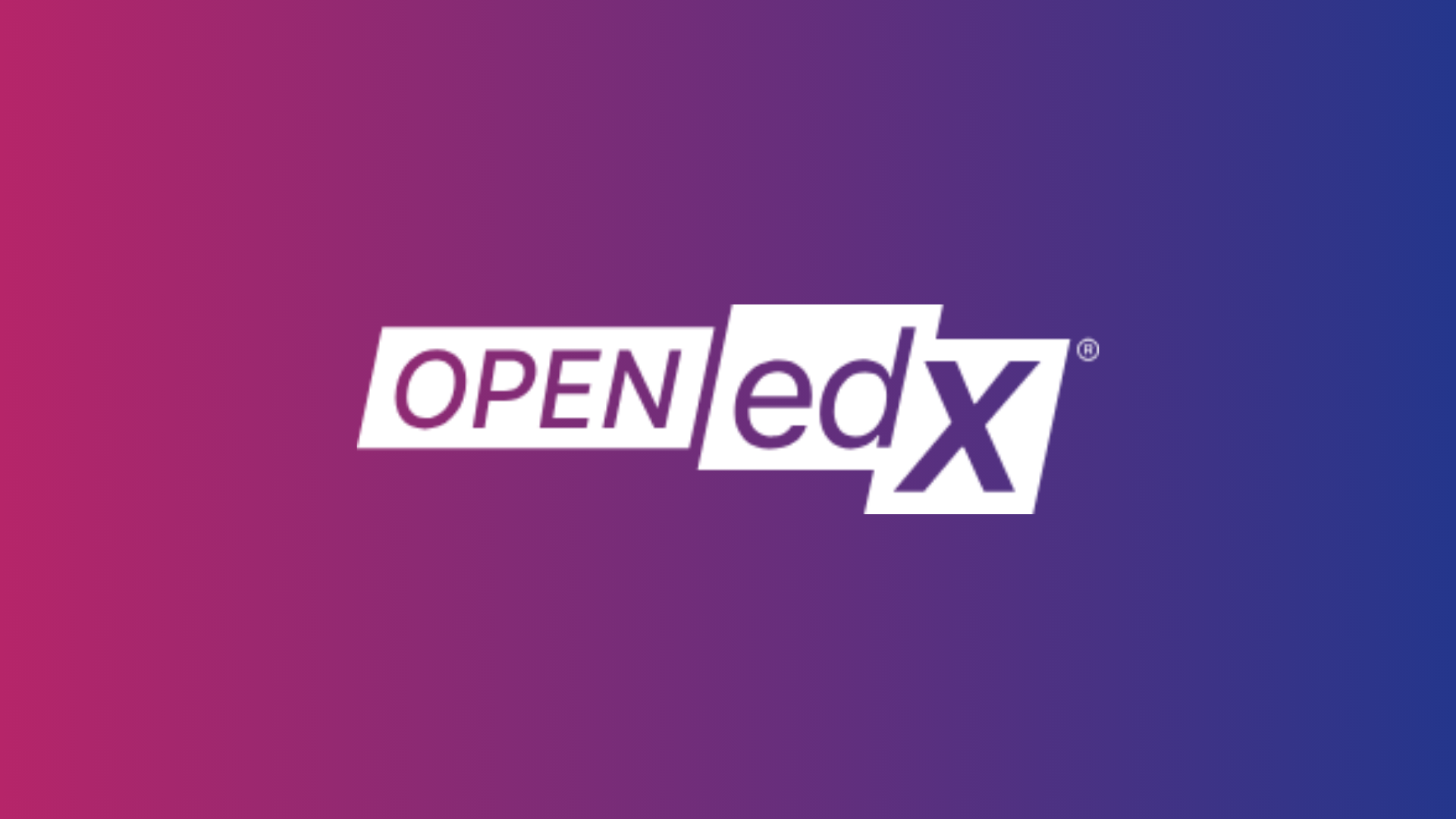Published August 10, 2022
Blended Learning Guidelines
Dr. Hamna Labeeb
Content EditorReplacing the traditional education system to Blended Learning is a revolutionary transformation and its implementation calls for a systematic and well-planned process. The teachers and students must be equipped with the necessary resources. When introducing a system like blended learning in the institutions, it would be wise to follow a set of guidelines that will ensure you check all requirements needed for the model.
Prerequisites for Blended Learning
Let’s explore the prerequisites for blended learning in this article. The requirements will change according to the type of blended learning model chosen for a class or subject.
Technology
‘Blended’ in the term ‘blended learning’ refers to the blending of human and digital elements. Technology is a critical element here since the human element in blended learning could be real time or digital. Hence, the technical capability of an institution is of utmost importance. Sufficient number of computers, devices and virtual labs with access to videos, podcasts, softwares and learning tools are inevitable aspects of the technical side. Proper infrastructure should also be ensured for the effective implementation and maintenance of blended learning. Both teachers and students also need to learn technical skills to navigate through their courseworks and assessments.
Infrastructure
Facilities including school building, fail-proof power supply, proper networking, an effective LMS for implementing online learning, and internet access are essential. Any sort of shortage or lack of these primary resources will result in incomplete and ineffective outcomes.
Synchronous & Asynchronous
Blended learning ensures flexibility of the learner in terms of their time and pace. Learners have access to live classes as well as pre-recorded classes as per their preference. Students can opt for live classes in areas where they require the presence of a teacher. There will be complex problems, group activities, discussions and topics that demand live assistance. Whereas students can go for asynchronous classes for deepening their knowledge and moving at the pace of their peers. They can acquire a background knowledge on the topics to be covered and also to advance their knowledge.
Fixing the Online/Offline Timings in a Flexible Way
Blended Learning is more than a movement between face-to-face learning and online learning experiences. One of the main objectives of blended learning is to make the learning experience more flexible. The Online and Offline classes shall be scheduled in a way considering the requirements and accessibility of the learner. This should not become an added burden for them. Rather, it shall inculcate interest and motivation in learning.
Designing the Frameworks
Implementing Blended Learning in an institution requires considering various factors such as technological, institutional, pedagogical, instructional design, faculty support, student support etc. The framework shall be designed systematically, so that no element gets sidetracked or ignored, lest the whole system falls short.



